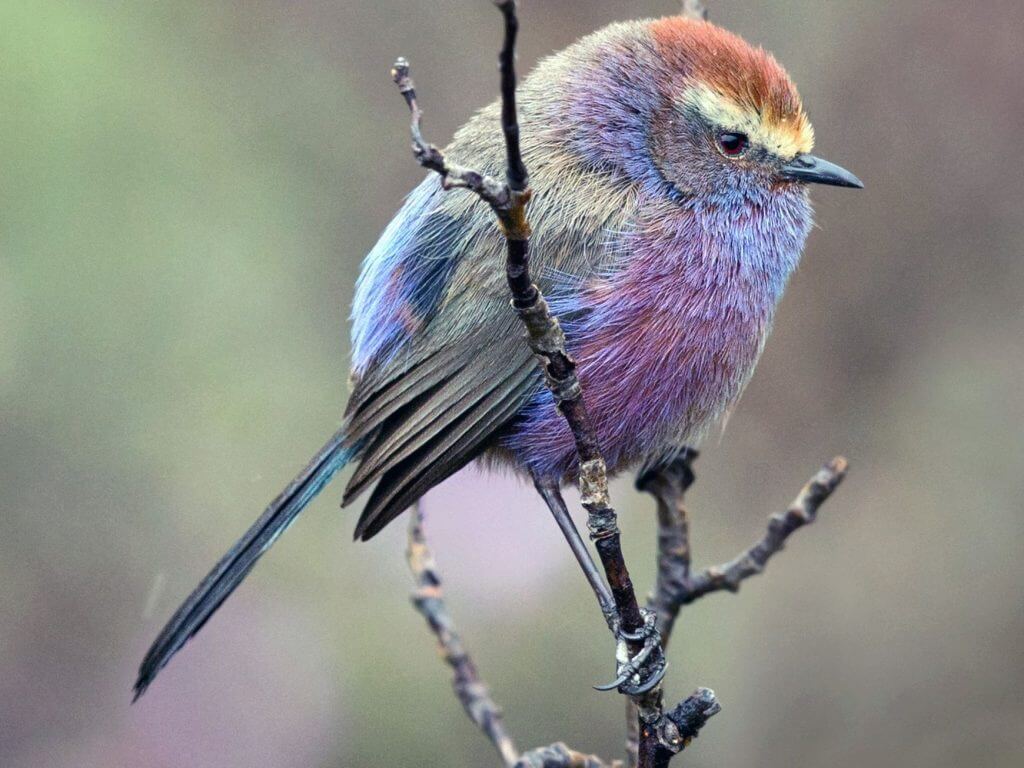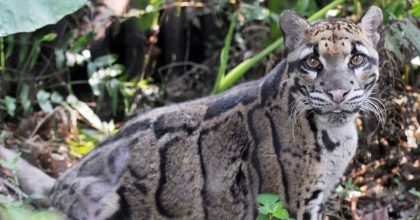Before we start talking about the bird itself, we must stop for a minute to admire his silly name. First of all, when we go into the English etymology, it can be a fascinating subject. Having two words that are spelled the same and pronounced the same but have different meanings in different situations. They may even come from a different period in time, but as time went by, people started using a word for a different thing. So if we say “tits” today, it has a different meaning than a couple a hundred years ago, when that word was used to identify birds. The term “tit” was used as a short form of the word “titmouse,” which is a version of the Old English word “titmase.”
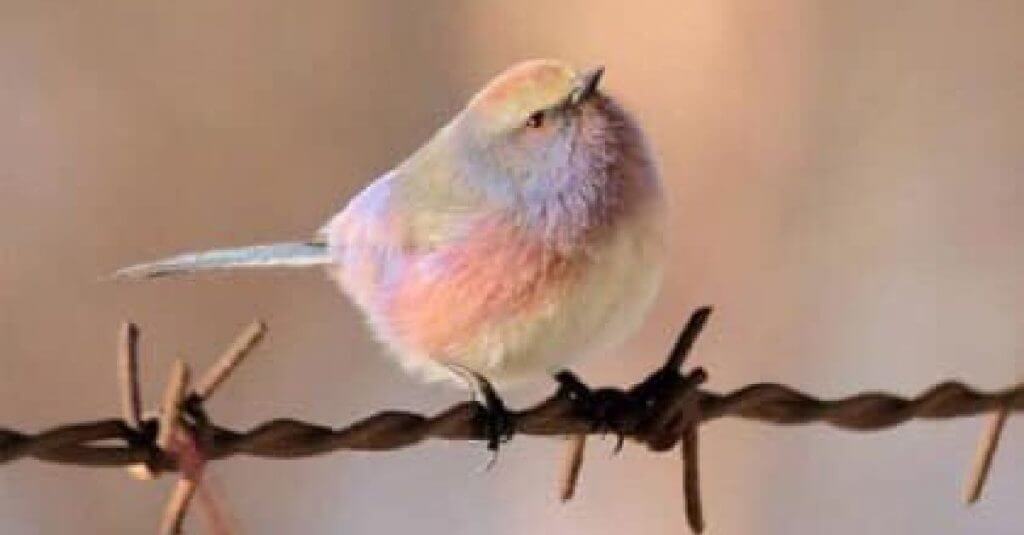
These tiny, cute birds in North America can also be called chickadees, because of their songs. When we say that name, we can imagine a cute little thing, but it isn’t as silly and funny as the other name.
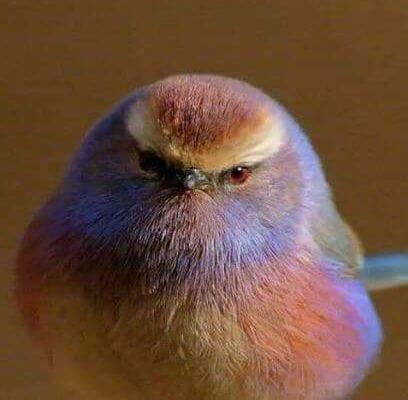
Now that we have talked enough about its silly name, it is time to get a little more in-depth about the White-Browed Tit-Warbler. If you had the chance to see one of these birds, you could confirm that it is an amazing, tiny, rainbow-colored bird.
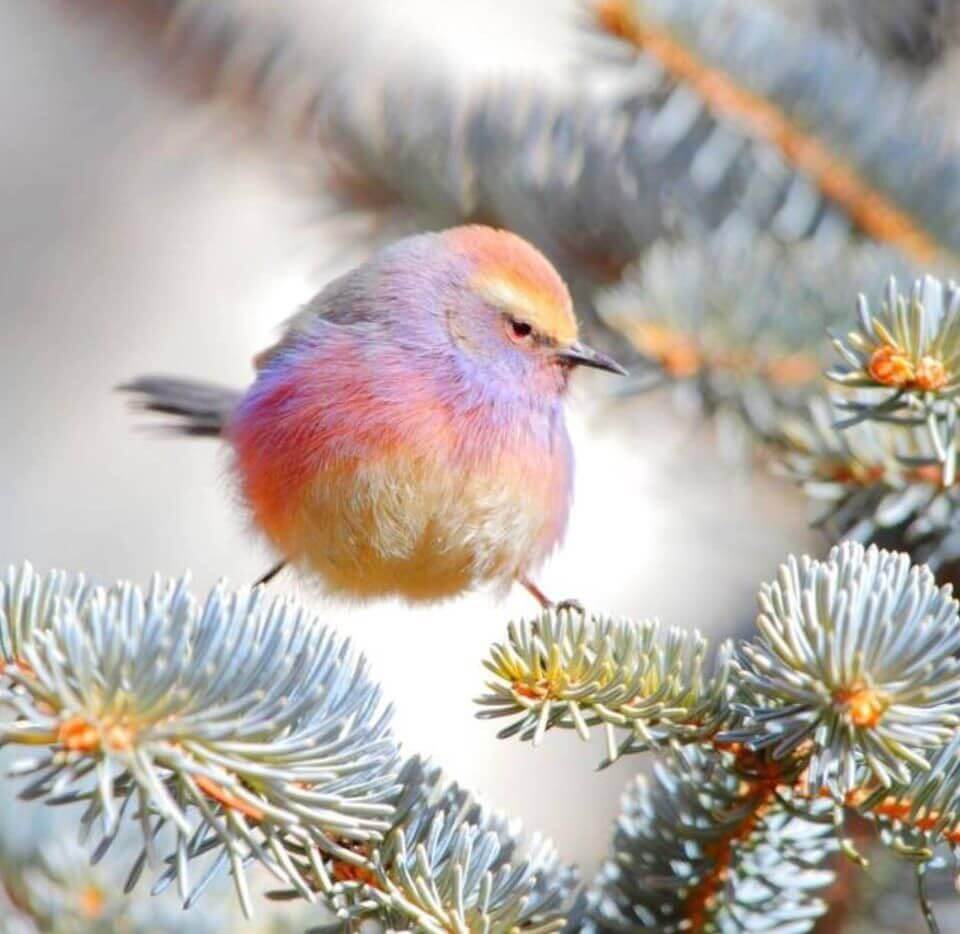
The pictures that you can find online of these birds will all have a little makeup, and what we mean from that is the pictured will be a little edited to make the colors pop out. But even if you see the bird in a typical setting, you will be amazed by how colorful they are. Their primary habitat is located in central China and the Himalayas.

Like most birds, the males are more colorful than the females, because they need those bright colors to attract a mate. When you see pictures or are lucky to see one in the wild, you will be able to identify if it is a male or a female by looking at their bellies. The male will have a more vibrant, violet-blue colors, while the females will also have those colors, but they are going to be a little paler.
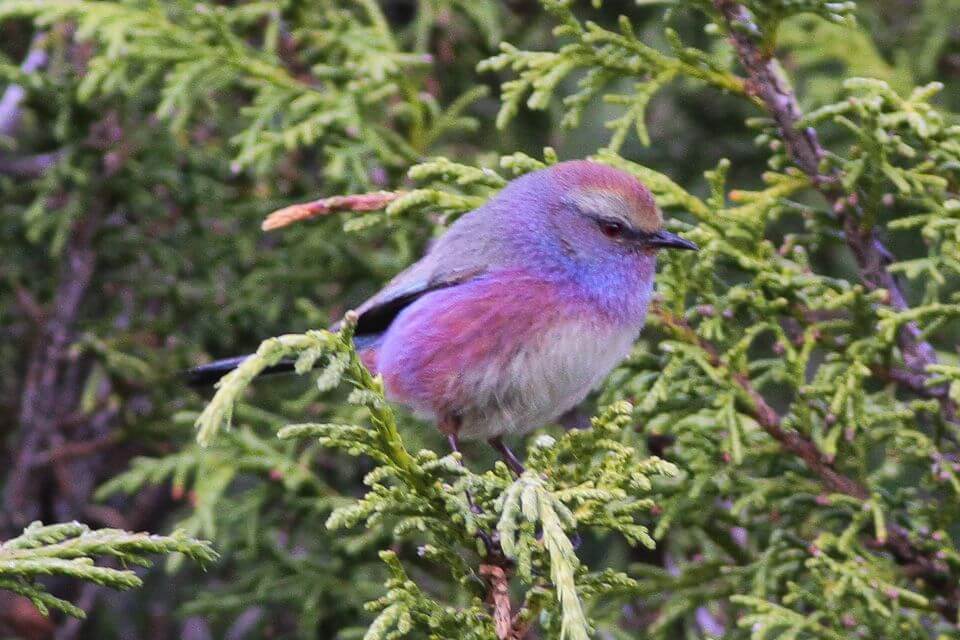
Luckily, these species of birds aren’t in danger of extinction, and people need to keep it that way. To this day, biologists don’t know much about these birds because it is pretty hard to track and monitor their behavior, because they are always hiding in the forests. For now, the only thing we can do is look and enjoy their existence. At the same time, laugh a little because of their name.
